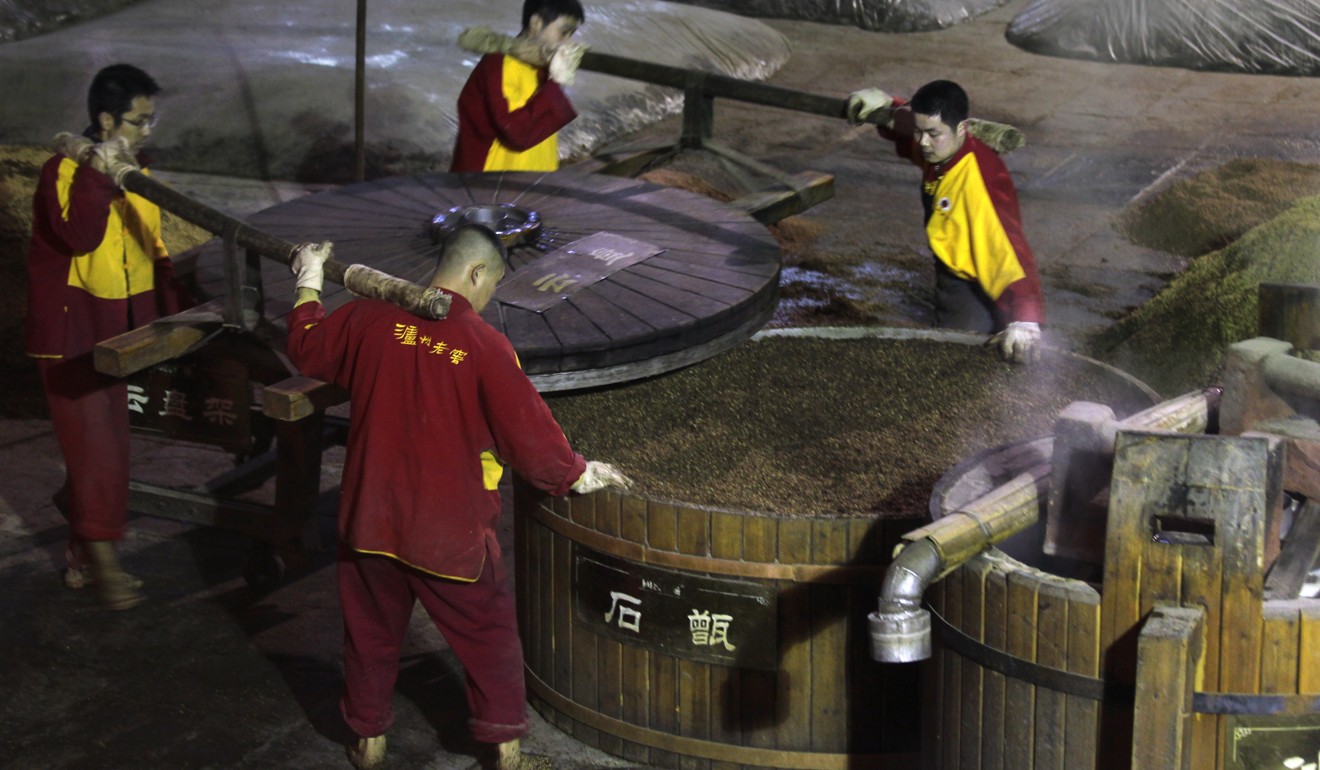
China’s stock benchmark set for biggest monthly drop since aftermath of 2015 crash
The Shanghai Composite Index is headed for its biggest monthly decline since a 23pc tumble in January 2016 amid fears of trade war and worsening liquidity
China’s stocks fell for a fourth day, sending the benchmark gauge on course for its biggest monthly decline since the aftermath of a 2015 market rout, as concerns about a trade war and worsening liquidity languished.
The Shanghai Composite Index dropped 0.9 per cent in a late sell-off on Thursday, heading for a 10 per cent decline in June. That would be the steepest monthly drop since January 2016, when the gauge tumbled 23 per cent amid the unveiling of a circuit breaker system that eventually amplified selling. Hong Kong’s Hang Seng Index rebounded for the first time this week on the strength of energy producers.
In the latest confrontation with China in the trade dispute, Washington confirmed it would rely on an existing Treasury Department-led committee to restrict new Chinese investments in US technology companies, retreating from a more aggressive approach that would have dramatically limited China’s ability to invest in the US. Still, the White House economic adviser Larry Kudlow said the decision did not represent a softened stance on China. China’s offshore yuan slid for an 11th consecutive days.
“There’s no improving signal on the front of either the trade war or liquidity,” said Ken Chen, a strategist at KGI Securities in Shanghai. “The market is unlikely to stage a comeback until the long-term negative impact of the trade war on the economy is removed.”
The Shanghai Composite retreated 26.28 points to 2,786.90, the lowest close since March 1, 2016. A gauge of large-caps on the Shanghai exchange dropped more with a 1.1 per cent.
The decline dragged down the 14-day relative strength index for the Shanghai gauge to 20.7 on Thursday, the lowest level since July 2013. Reading below 30 is seen by technical traders as stocks being oversold and above 70 as overbought.
Foreign investors seemed to be buying on dips. They bought a net 955.3 million yuan (US$144.3 million) of mainland-traded equities via the stock connect schemes with Hong Kong on Thursday, according to Bloomberg data.

There’s no improving signal on the front of either the trade war or liquidity
A gauge of consumer staples stocks slid 2.2 per cent on Thursday, extending a 4.5 per cent drop for the previous day. Among them, Anhui Gujing Distillery tumbled 5.6 per cent to 85 yuan, capping a three-day, 9.7 per cent decline. Tsingtao Brewery lost 4.9 per cent to 42.02 yuan and Luzhou Laojiao sank 5.4 per cent to 59.28 yuan.
Property stocks ended lower after the housing ministry said it would start a six-month campaign to eradicate violation in the real estate markets of 30 cities, including Beijing and Shanghai. COFCO Property Group slid 4.9 per cent to 5.66 yuan. China Merchants Shekou Industrial Zone Holdings dropped 3.3 per cent to 18.30 yuan and Gemdale lost 3 per cent to 9.78 yuan.
In Hong Kong trading, the Hang Seng Index rebounded 0.5 per cent, or 141.06 points, to 28,497.32, erasing an intraday loss of 0.7 per cent. The Hang Seng China Enterprises Index, or the H-share gauge slipped 0.1 per cent.
Gains on oil producers helped the Hang Seng Index back on the uptick, as crude futures climbed to the highest level since late 2014 on decreased stockpiles. CNOOC added 3.9 per cent to HK$13.48 and PetroChina rose 2.5 per cent to HK$5.86. China Petroleum & Chemical, also known as Sinopec, advanced 1.9 per cent to HK$6.98.

